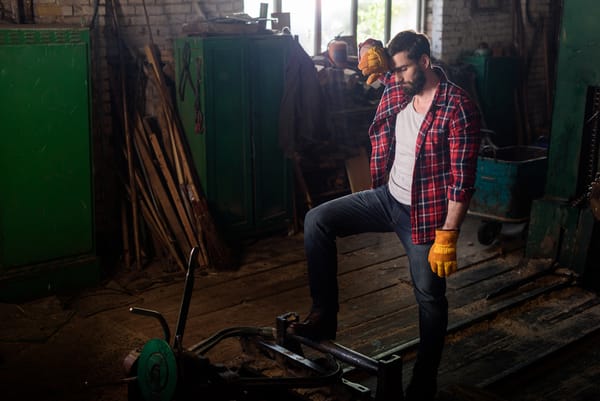Avoid a crushing blow: How to reduce the risk of crush injuries
Crush injuries is an area of work health and safety that requires constant vigilance by all employers.
Crush injuries occur every day.
Recently, WorkSafe Victoria issued a safety alert after workers received crush injuries and amputations to their hands after working with unguarded power presses. In one case, the guarding was not interlocked with the power press, so the workers were able to continue operating the press without any guarding.
At another workplace, a worker was operating a power press to cut out metal parts for manufacturing. The electrical interlock was not operational, and the worker disabled the mechanical interlock and operated the press with guarding in the open position.
Where are crush injuries most likely to occur?
The common areas for potential crush injuries are:
- rotating shafts or moving parts;
- machine transmissions, such as pulley and belt drives, chain drives and exposed drive gears;
- presses;
- rotating end drums of belt conveyors; and
- moving augers or auger conveyors.
You should check any machines your business uses and if access to the moving part is not required (e.g. for service and maintenance), guarding must be permanently fixed, so far as is reasonably practicable, by welding, bonding agent or one-way screws.
WorkSafe Victoria emphasised that where guarding is used as a control measure:
- electrical interlocks should be installed and operational; and
- in older machinery, guarding should be retro-fitted.
Be cautious of accidental start-ups
A common area of risk is where there is accidental start-up or movement of the mechanism systems. This can be a significant risk for those workers performing tasks such as maintenance, repair, installation, servicing or cleaning. The release might occur because:
- control levers or buttons are knocked;
- a short circuit of the control system occurs;
- hydraulic or air pressure is released; or
- retaining bolts are undone.
As a control, it is critical that machinery is locked out and tagged out during cleaning, service and maintenance. Regularly check that lock out and tag out systems are being used by your workers.
And remember to give workers adequate instructions and training on safe operating procedures. While you cannot be watching every minute of the day, ensure that work is monitored.
From the experts behind the Health & Safety Handbook, the Bulletin brings you the latest work health and safety news, legal updates, case law and practical advice straight to your inbox every week.

